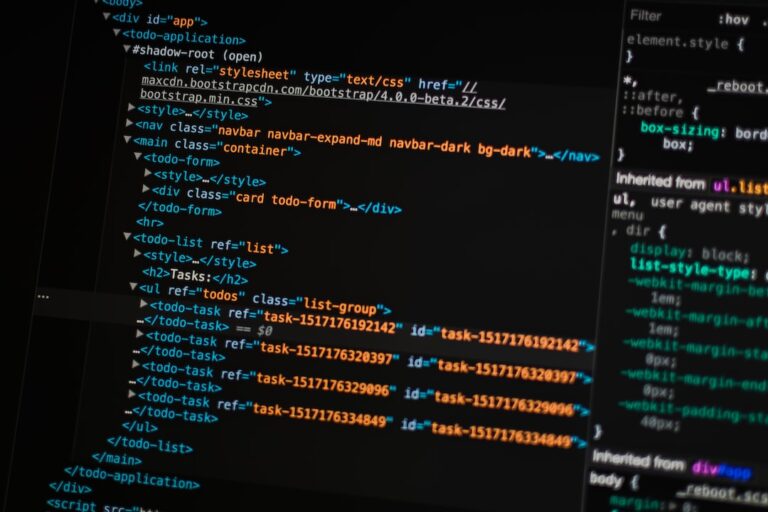Scala, a functional programming language, has a strong inclination towards immutability. Mutation, which refers to the alteration of an object or variable, is seen as a side effect in the world of programming. Such mutations can lead to unexpected errors, making debugging a challenging task. Moreover, when an object's value can change unpredictably, it demands extra caution from developers. Given Scala's emphasis on immutability, it's evident why the language isn't fond of mutation.
Embracing Recursion as the Solution
To address the challenges posed by mutation, Scala offers a powerful alternative: Recursion. But what exactly is recursion?
Recursion is a concept where a function calls itself, either directly or indirectly. This self-referential approach allows complex problems to be broken down into simpler, more manageable tasks. A crucial component of recursion is the base condition, which provides a solution to the simplest instance of the problem. This ensures that the recursive calls eventually terminate.
Consider the classic example of calculating a factorial using recursion:
def factorial(n: Int): Int = {
if(n<=1) 1 // base condition
else n * factorial(n-1) // recursive call
}
println(factorial(5))The Challenges with Recursion
While recursion is powerful, it's not without its challenges:
- Memory Consumption: Recursive calls consume significant memory as they store intermediate results on the system stack.
- Efficiency Concerns: Recursive functions can be slower and less space-efficient than their non-recursive counterparts.
- Risk of Stack Overflow: Without a reachable or defined base case, recursion can lead to a stack overflow error.
Delving into the Stack Overflow Error
Each recursive call creates its own stack frame in memory. If a function calls itself recursively N times, it results in N stack frames. These frames persist in memory until the final recursive call resolves, potentially leading to a stack overflow.
Introducing Tail Recursion
Tail recursion offers a solution to the stack overflow problem. In tail recursion, the recursive call is the last operation a function performs. This means there's no need to store previous results, as an accumulator can handle intermediate computations. As a result, stack memory consumption is minimal.
Scala provides the @tailrec annotation to verify if a function is tail-recursive. If a function annotated with @tailrec isn't tail-recursive, Scala throws a compile-time error.
Conclusion: Embracing Recursion in Scala
Given Scala's commitment to immutability, it's clear why recursion, especially tail recursion, is favored over loops. So, the next time you're tempted to use loops in Scala, consider the power and elegance of recursion. And if you're diving into recursion, always keep tail recursion in your toolkit.
Reference: Official Scala Documentation
FAQs
- Why does Scala dislike mutation?
- Mutation can lead to unexpected errors and requires developers to be extra cautious. Given Scala's emphasis on immutability, it naturally opposes mutation.
- What is the significance of the base condition in recursion?
- The base condition ensures that recursive calls eventually terminate, preventing infinite loops and potential stack overflow errors.
- How does tail recursion differ from standard recursion?
- In tail recursion, the recursive call is the function's last operation, minimizing stack memory consumption. Scala's
@tailrecannotation can verify if a function is tail-recursive.
- In tail recursion, the recursive call is the function's last operation, minimizing stack memory consumption. Scala's
- When should I use tail recursion in Scala?
- Tail recursion is especially useful when there's a risk of stack overflow due to deep recursive calls. It offers a more memory-efficient approach compared to standard recursion.


